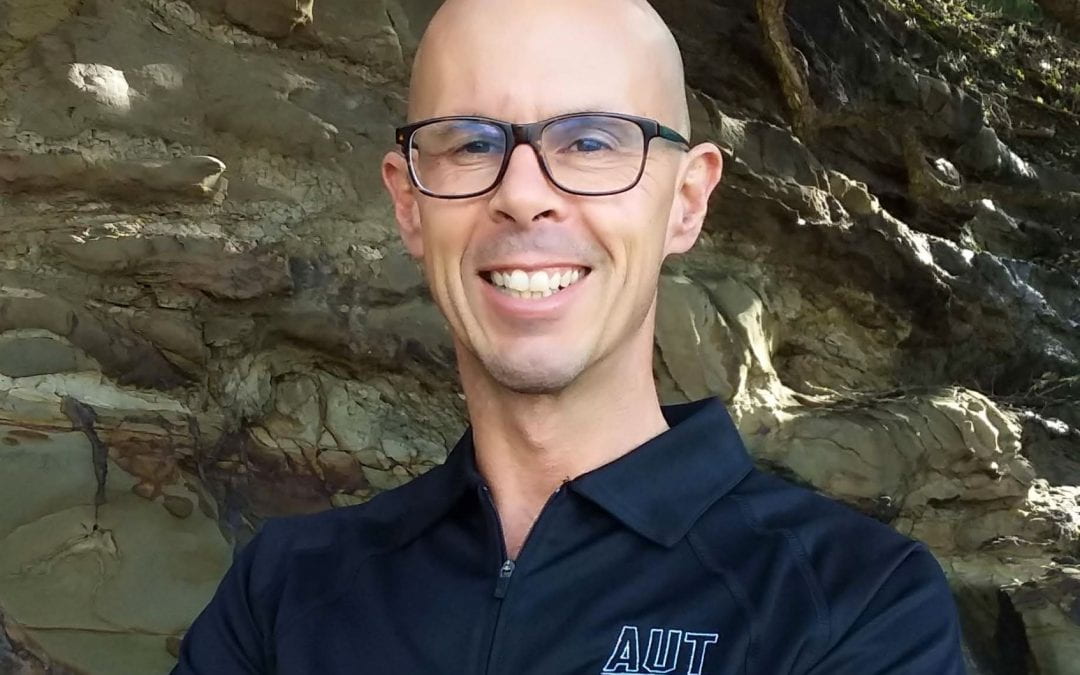As a researcher of exercise science, a father of two teenagers and husband of a teacher, getting young people moving in an achievable way is paramount for Associate Professor Nigel Harris. The Associate Dean for Postgraduate Research at Auckland University of Technology’s Faculty of Health and Environmental Sciences led a recent investigation as part of the National Science Challenge A Better Start e Tipu e Rea Resilient Teens initiative, co-funded by Cure Kids.
Currently, youth in New Zealand are evidently far less fit and active than they should be which probably has an impact on both their physical health, and general mental health. Adolescents residing in areas of high socioeconomic inequality are particularly vulnerable.
Nigel and his team’s investigation, conducted at the start of the school term two and end of term three, looks at a way of exercising to improve that, he says.
Emerging evidence indicates the particular potency of vigorous physical activity on mental health, and a spectrum of other health and wellbeing outcomes for adolescents, is probably inter-related to psychological wellbeing.
High-intensity interval training (HIIT) is a specific form of vigorous activity involving a small number of repeated brief, intense bouts of exercise, typically lasting from 20 to 120 seconds each, interspersed with a recovery phase of varying durations.
“HIIT represents an effective, expedient and probably palatable option for adolescents and in this investigation we were aiming to contribute to a reduction in mental health problems of adolescents through determining the effects of embedding a mātauranga Māori enhanced, teacher-delivered HIIT programme within the school health and physical education (PE) curriculum in lower decile schools,” Nigel says.
Specifically designed for primary and intermediate school students and teachers, all the testing for the research was conducted onsite, at eight intermediate schools in Auckland.
A team of research assistants set up in school halls for a few hours at a time, and tested students on physical tasks such as fitness, strength (bodyweight exercises), and surveys completed on iPads to determine mental health status.
“We also interviewed both the students and teachers to determine their thoughts on the HIIT programme,” Nigel says.
“The clear majority of students enjoyed being involved in the HIIT programme, and felt it positively impacted on the fitness and wellbeing generally.
“Almost all said they’d like to keep doing it, even though it is hard, they liked that it was brief, and that it was different to normal PE, and that they felt fitter.”
Teachers commented on how they thought the HIIT had improved the health and wellbeing of students generally; they liked what it did for classroom dynamics; and tended to engage students in exercise, not usually very involved in PE and sports.
The mātauranga Māori approach is one aspect which needs to be developed further, Nigel says.
The HIIT has produced significant improvements in fitness outcomes, such as greater strength, greater self-perceived fitness, and greater movement competency than normal PE lessons. However, in terms of the surveys used to determine mental health, there was no effect.
“So, our initial hypothesis that HIIT would produce significantly greater mental health improvement than normal PE was not supported by the survey data,” Nigel says.
“Despite that we still seem to have great buy-in by students and teachers who all feel it made a positive difference generally.”
Since finishing the investigation, the team has returned to schools to see if they are continuing with the programme – 13 schools now implement it, while several more plan to do so.
Nigel presented the research at A Better Start’s Symposium in May as well as other conferences, and he will be submitting articles to research journals.
The development of the HIIT programme is ongoing, and all the feedback and data the team has will directly inform future iterations, he says.
“The partnerships we now have with multiple schools still using the programme is highly valued, as we are able to continue to refine and develop how the HIIT works based on their experiences.
“We will seek further funding to research the HIIT programme on a broader scale, including the refinements and developments and we certainly have more work to do on how exercise and fitness impact on mental health in our youth – perhaps the tools we use to measure effect on mental health need further scrutiny.”
While exercise is only one part of a bigger picture for mental health, if the team can continue to have a positive influence on fitness through ongoing engagement in exercise, it is a tangible and achievable impact, Nigel says.
Read A Better Start’s September newsletter here.

